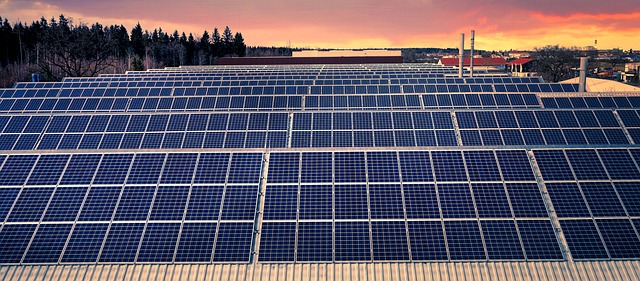Incentives and rebates from governments and energy companies play a crucial role in the real estate market by promoting energy efficiency and sustainable technologies. These financial benefits can substantially offset installation costs, with some even reducing expenses to near zero. Understanding these incentives is vital for informed decision-making, allowing buyers to save thousands while enhancing their homes' value and reducing energy consumption. Real estate professionals can leverage these incentives to increase project profitability, offer competitive pricing, and attract targeted audiences by customizing offers based on market trends and local regulations. Clear communication of eligibility criteria is key to encouraging participation and enhancing the property's value proposition.
In today’s competitive real estate market, understanding incentives and rebates can be a game-changer. This article explores how these financial offsets play a crucial role in navigating installation costs, providing property owners with valuable tools to enhance their investments. From solar panel rebates to energy-efficient appliance incentives, we delve into strategies for effectively utilizing these benefits. By harnessing the power of incentives and rebates, real estate stakeholders can achieve significant cost savings while promoting sustainable living.
Understanding Incentives and Rebates in Real Estate

Incentives and rebates play a significant role in the real estate market, offering buyers and investors appealing benefits that can offset installation costs. These financial incentives are often provided by governments, utility companies, or manufacturers as a way to promote energy-efficient practices and encourage the adoption of sustainable technologies. For instance, when installing solar panels or smart home systems, individuals may qualify for rebates that significantly reduce upfront expenses.
Understanding these incentives is crucial for anyone involved in real estate transactions. Buyers can leverage this knowledge to make informed decisions, potentially saving thousands of dollars. In many cases, rebates are non-refundable and must be applied towards the installation costs, making them a valuable asset for homeowners looking to enhance their properties’ value while reducing energy consumption.
How Installation Costs Can Be Offset

In the real estate sector, installation costs can significantly impact a project’s overall budget. Fortunately, incentives and rebates offer a strategic way to offset these expenses. Many governments and energy companies provide financial incentives to encourage the adoption of efficient technologies, such as solar panels or smart home systems. These incentives often come in the form of direct rebates or tax credits, which can substantially reduce installation costs for both developers and homeowners.
By taking advantage of these offers, real estate investors and builders can enhance the profitability of their projects while offering more competitive pricing to buyers. For homeowners, it means they can enjoy modern amenities without the usual financial burden associated with installation. This approach not only promotes sustainable living but also fosters a healthier financial environment in the real estate market.
Strategies for Effective Use of Incentives and Rebates

Incentives and rebates can significantly offset installation costs in real estate, making it a strategic tool for both property owners and developers. To maximize their effectiveness, consider tailoring these incentives to specific projects or properties. For instance, offering rebates on energy-efficient appliances or systems can encourage environmentally conscious buyers or renters. Similarly, discounts on renovation work can entice those looking to upgrade their living spaces.
When planning, it’s crucial to research the market and understand local regulations regarding rebates and incentives. aligning these offers with current trends and demands in the real estate market ensures better appeal. Additionally, clear communication about eligibility criteria and application processes is vital to encourage participation. This approach not only helps in managing installation costs but also enhances the overall value proposition of a property.






